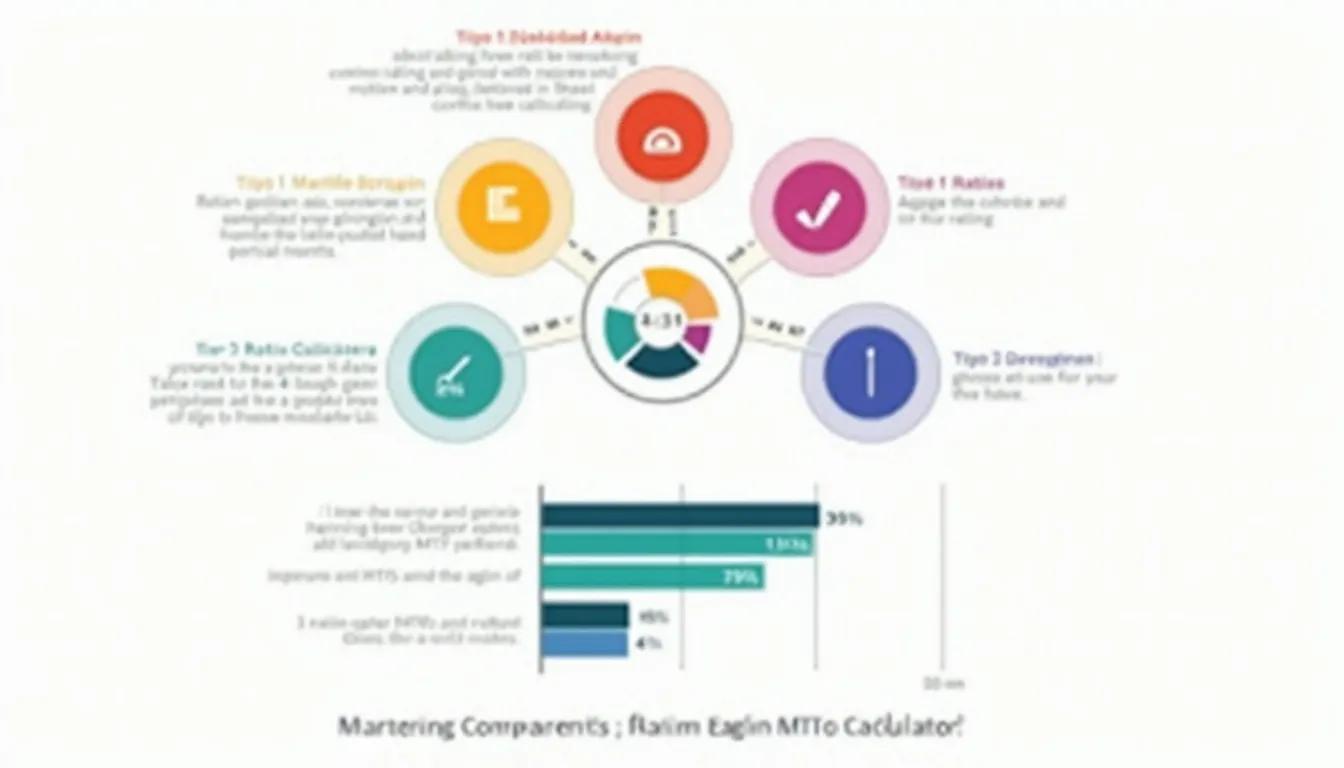Ratio Calculator
Is this tool helpful?
How to use the tool
- Quantity 1 – enter your first value. Example A: 12 kg of cement. Example B: 7.5 L of juice.
- Quantity 2 – add the second value. Example A: 9 kg of sand. Example B: 2.5 L of syrup.
- Quantity 3 (optional) – include a third amount if needed, e.g., 3 kg gravel or 10 L water.
- Simplify – choose “Yes” for lowest terms, “No” to keep raw numbers.
- Hit Calculate Ratio; the answer and pie-chart appear instantly.
Underlying formulas
The calculator applies the Euclidean algorithm to find the greatest common divisor (GCD), then divides each term by that GCD.
$$\text{Ratio}=a:b\;(c)$$
$$\text{GCD}(a,b[,c])\rightarrow g$$
$$\text{Simplified}= rac{a}{g}: rac{b}{g}[: rac{c}{g}]$$
Example 1 — two parts, simplified
- Input: 12 and 9, Simplify = Yes
- GCD(12,9)=3 → 4 : 3
Example 2 — three parts with decimals
- Input: 7.5, 2.5, 10, Simplify = Yes
- Scale ×10 → 75 : 25 : 100; GCD=25 → 3 : 1 : 4
Quick-Facts
- Accepts 0.01 – 9.0 × 1015 (JavaScript Number limit) (MDN, 2023).
- Simplifies in O(log n) steps via Euclidean algorithm (Cormen et al., 2009).
- Visualizes results using Chart.js 4 MIT-licensed library (Chart.js Docs, 2023).
- Forms follow WCAG 2.1 input validation guidance (W3C, 2021).
FAQ
What is a ratio?
A ratio compares quantities by division, showing how many times one contains another (Common Core Standards, 2023).
How does the tool simplify numbers?
It runs the Euclidean algorithm until the remainder hits zero, returning the GCD for division (Cormen et al., 2009).
Can I enter decimals?
Yes. Values convert to whole numbers internally, so 7.5 : 2.5 simplifies correctly to 3 : 1 (MDN, 2023).
Why reject negative inputs?
Ratios describe magnitude; negative terms invert meaning and breach ISO numeric-data rules (ISO 80000-1, 2009).
How accurate is the pie chart?
Chart.js keeps sector angles within 0.1° of actual proportion using floating-point sums (Chart.js Docs, 2023).
What’s the largest safe number?
The interface caps at 9 × 1015 to avoid IEEE-754 rounding errors (MDN, 2023).
Is this helpful for recipe scaling?
Yes. Keep ingredient proportions constant; chefs call ratio charts “fail-safe” for batch scaling (USDA Guide 09, 2021).
Which algorithm finds the GCD?
“The Euclidean algorithm always terminates in at most log₂ b steps” (Knuth, 1998) — efficient for real-time use.
Important Disclaimer
The calculations, results, and content provided by our tools are not guaranteed to be accurate, complete, or reliable. Users are responsible for verifying and interpreting the results. Our content and tools may contain errors, biases, or inconsistencies. Do not enter personal data, sensitive information, or personally identifiable information in our web forms or tools. Such data entry violates our terms of service and may result in unauthorized disclosure to third parties. We reserve the right to save inputs and outputs from our tools for the purposes of error debugging, bias identification, and performance improvement. External companies providing AI models used in our tools may also save and process data in accordance with their own policies. By using our tools, you consent to this data collection and processing. We reserve the right to limit the usage of our tools based on current usability factors.







